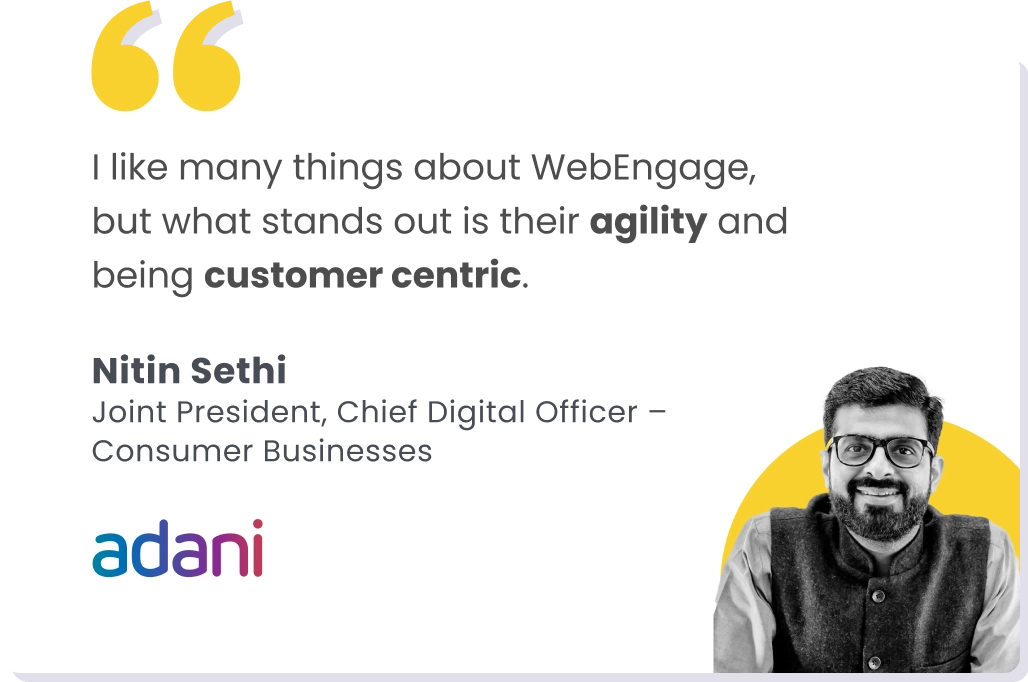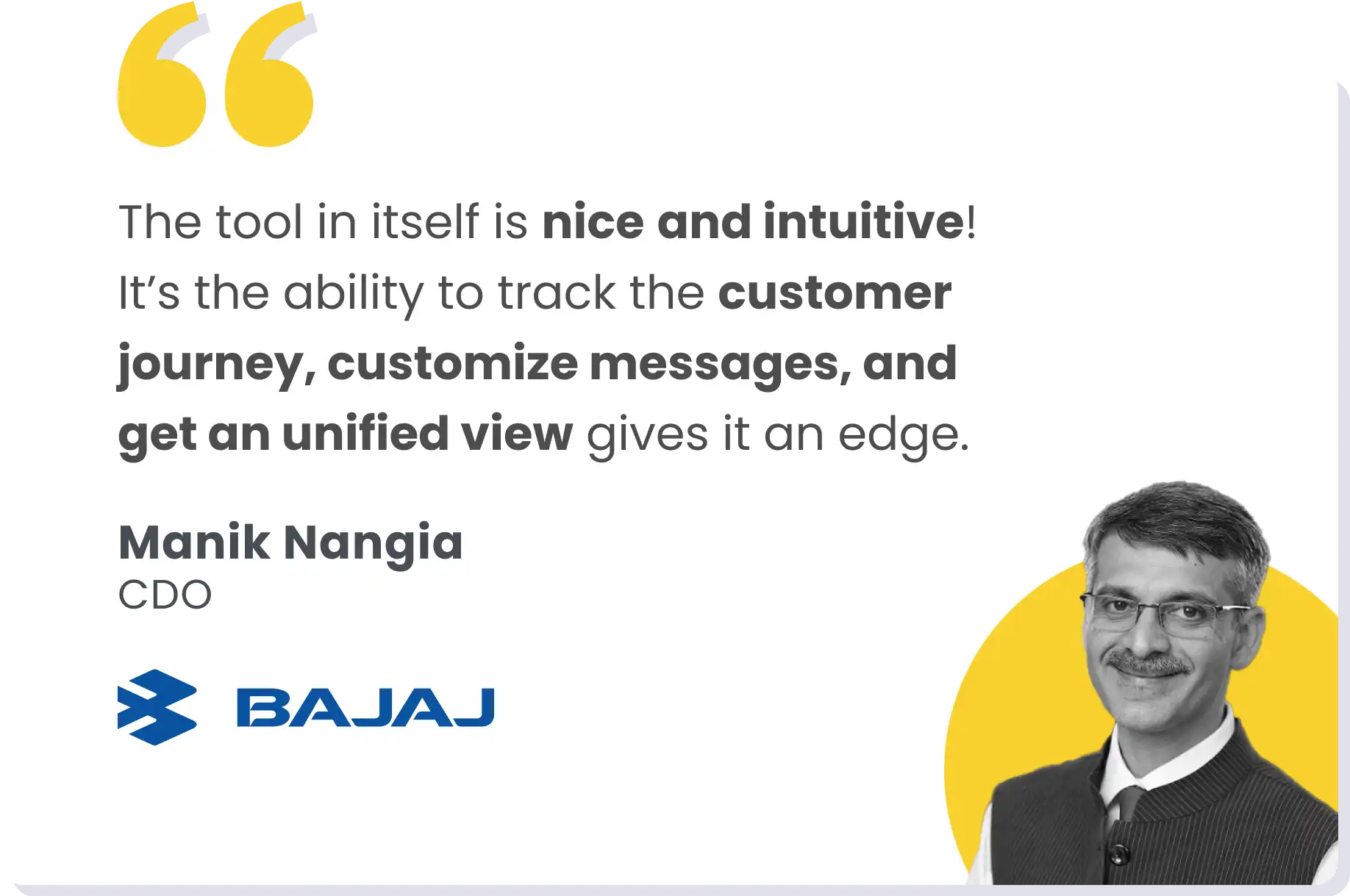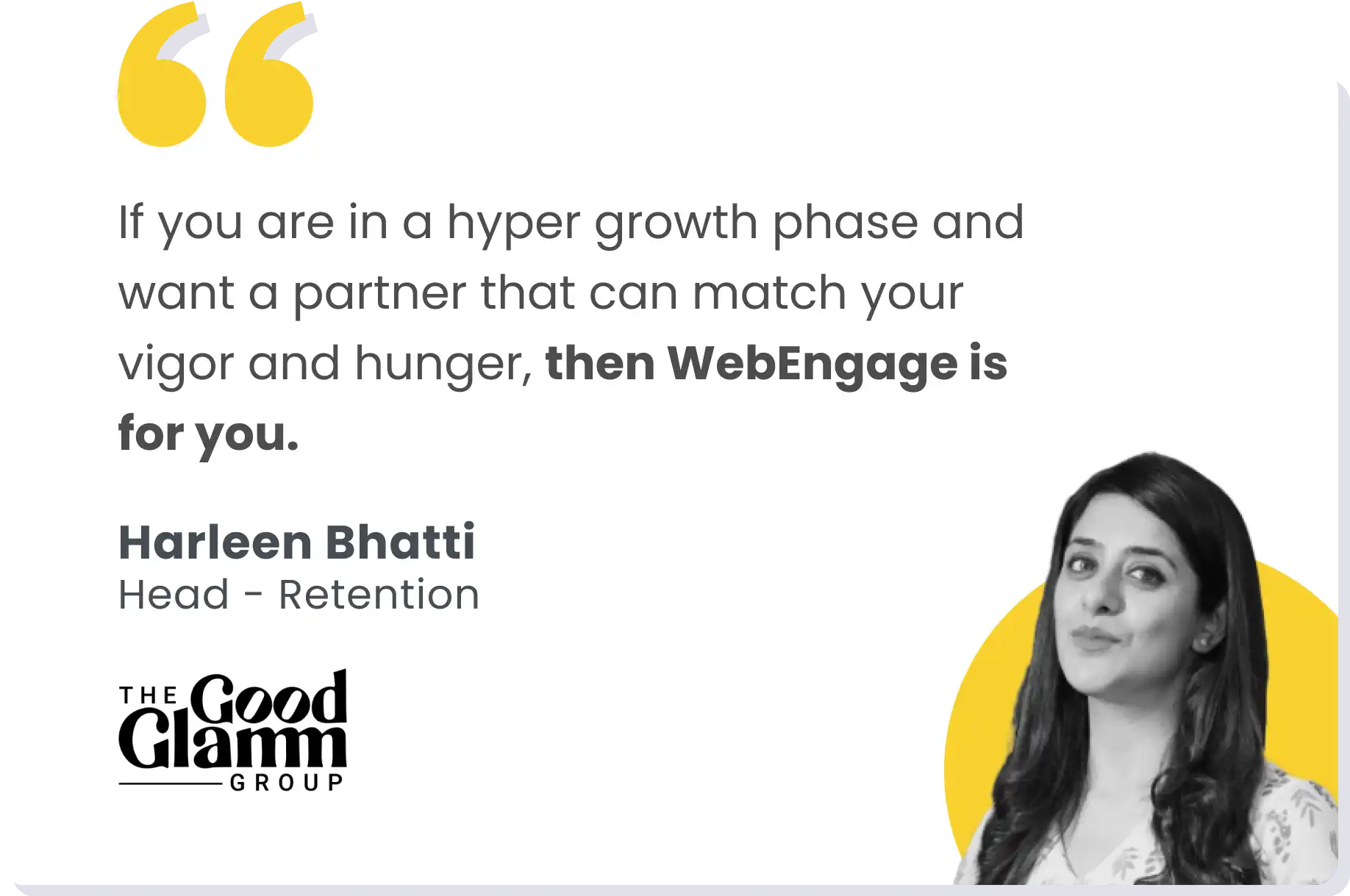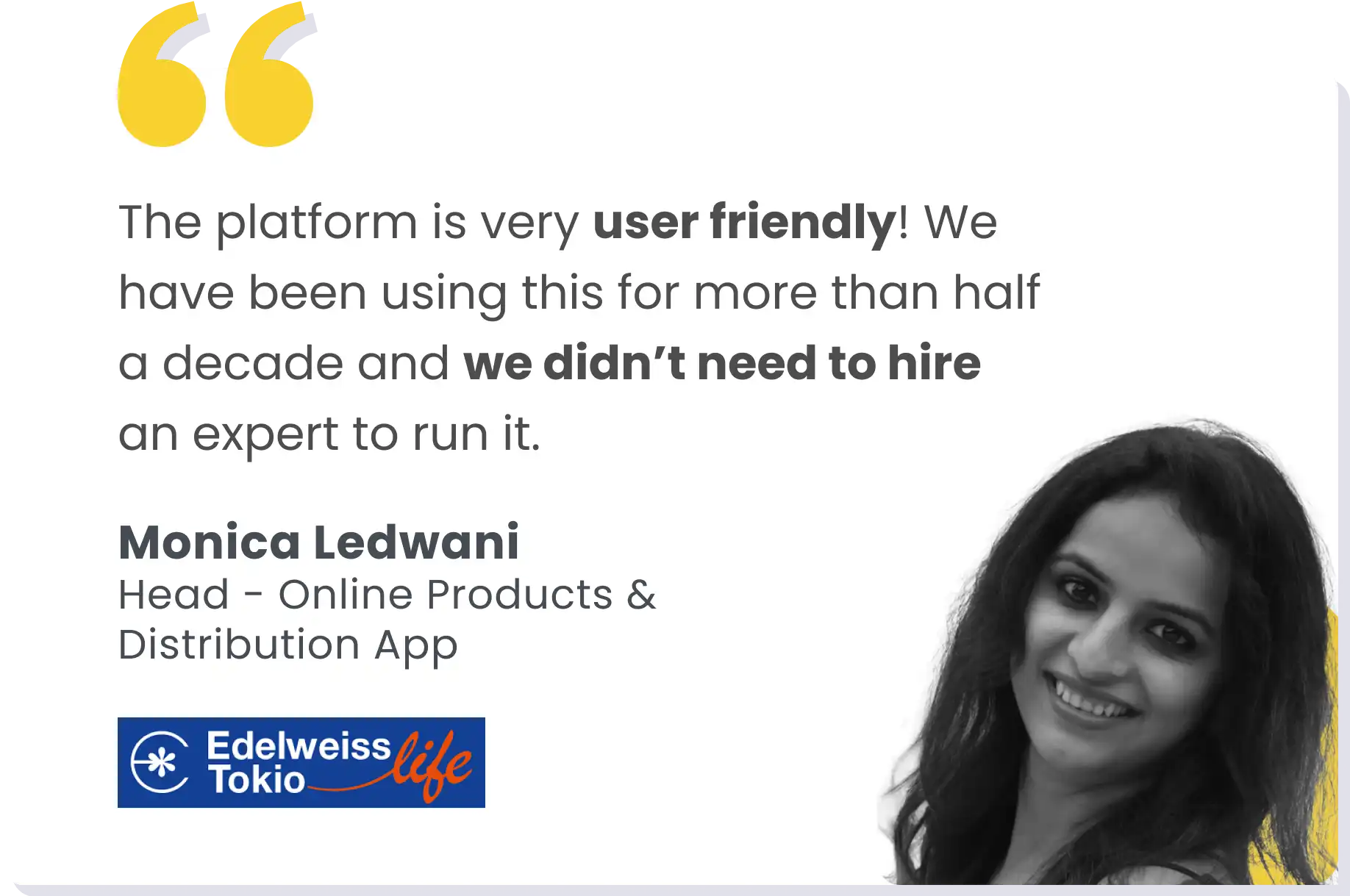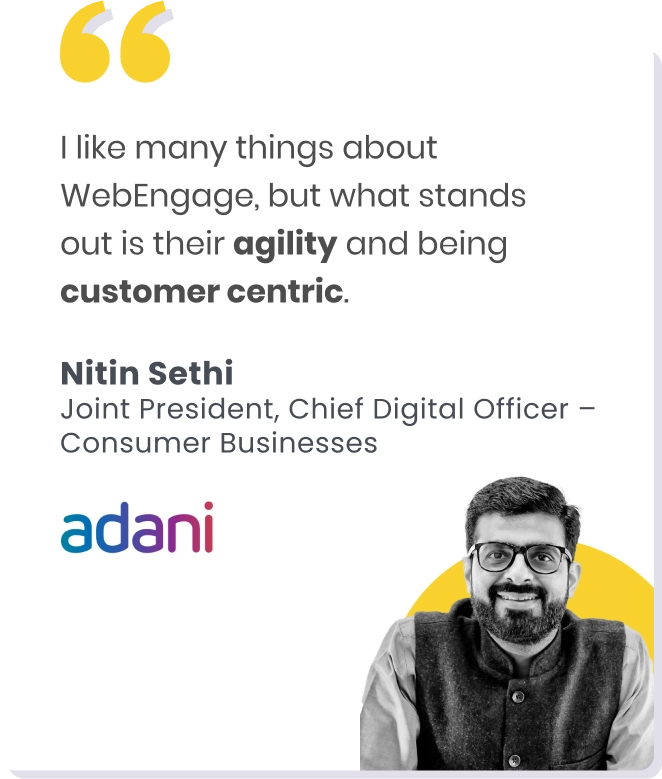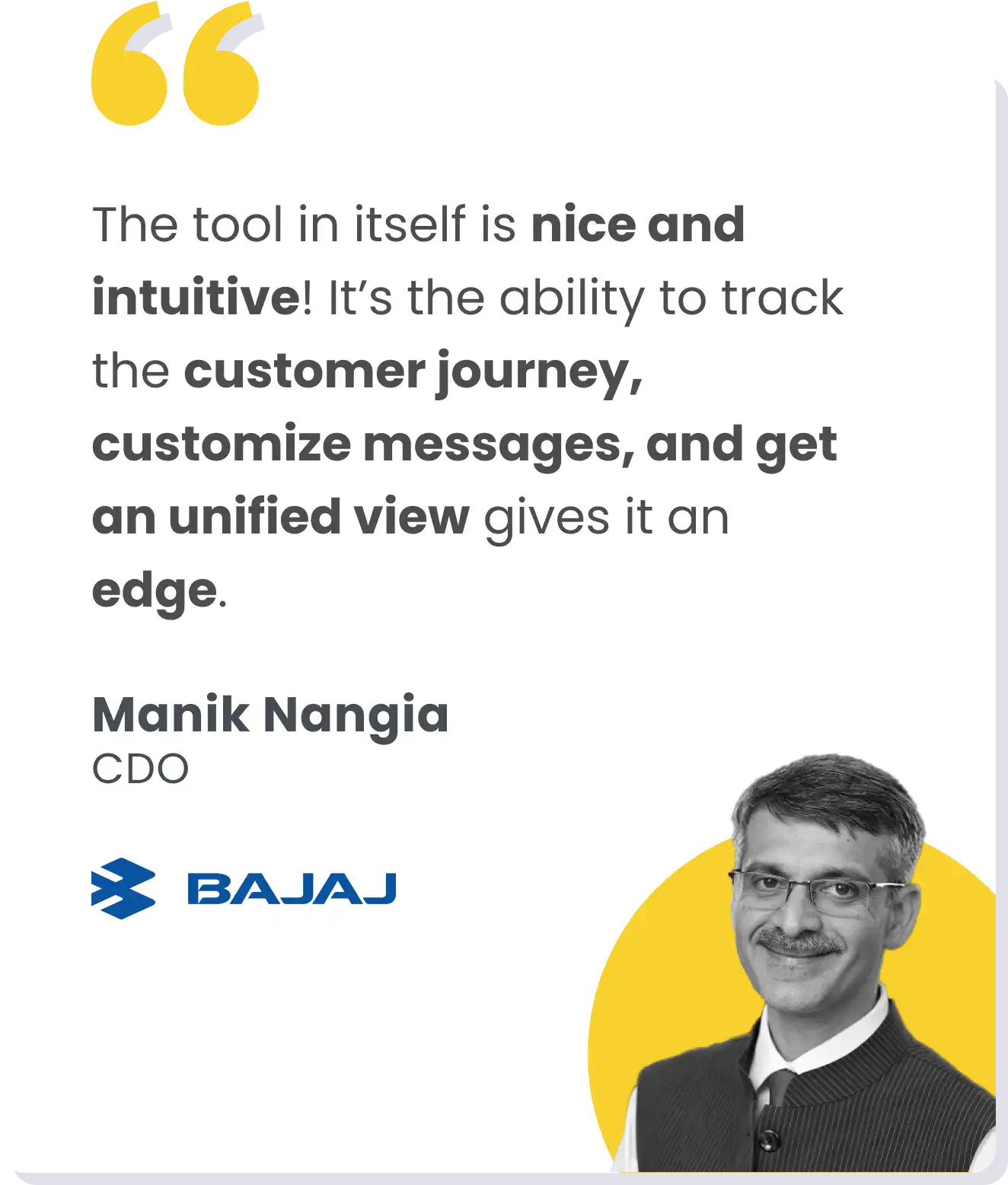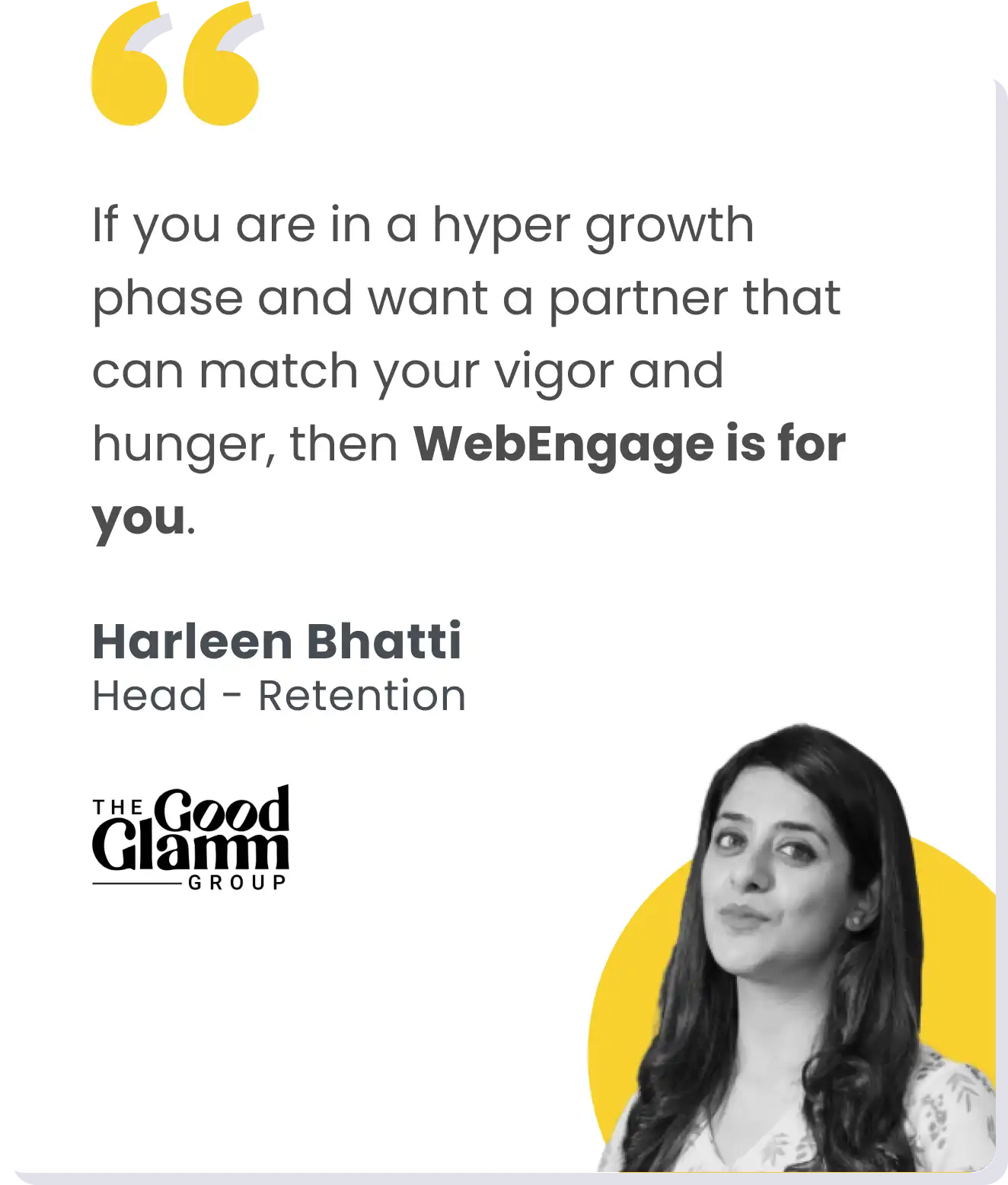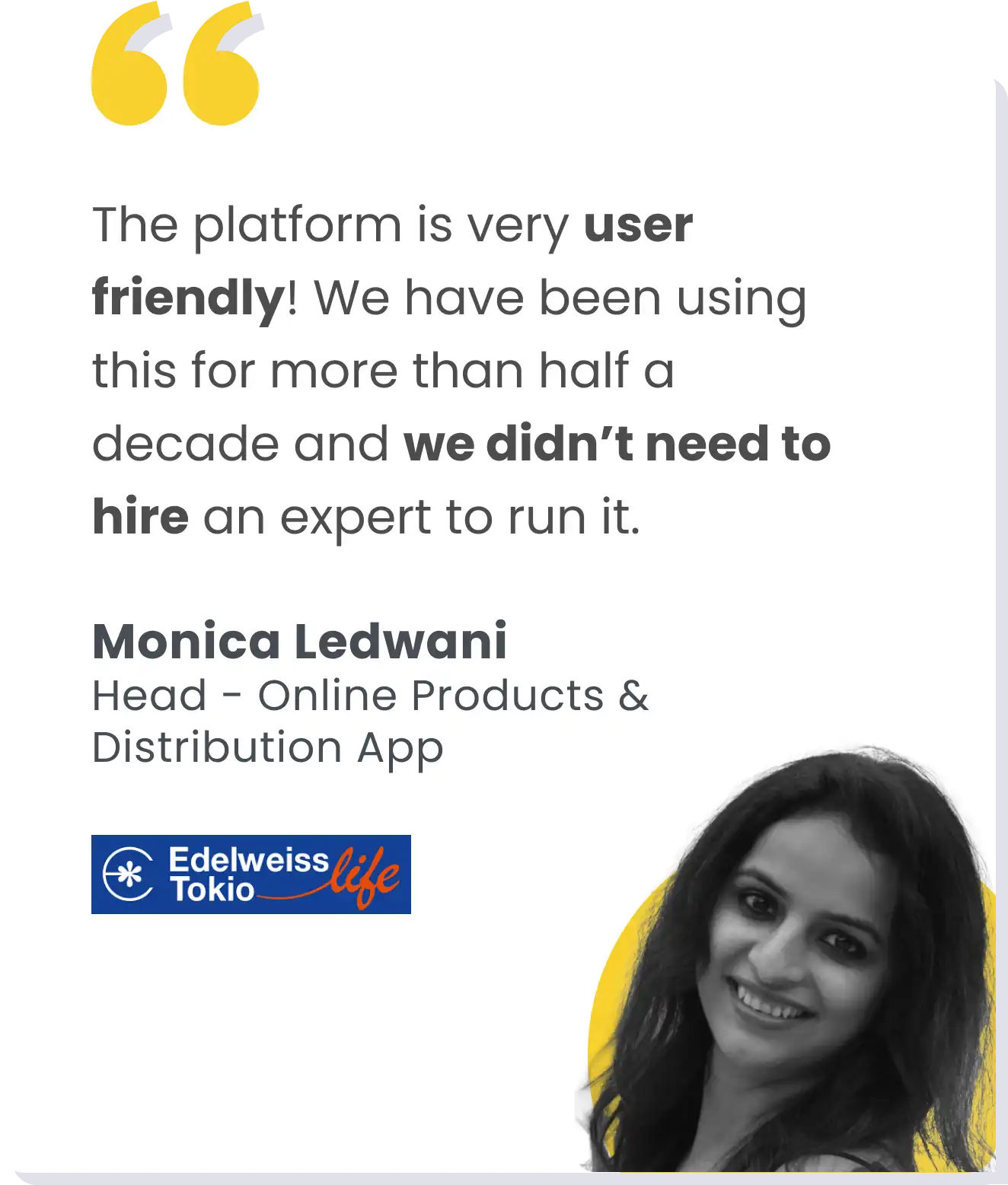Customer retention is the holy grail of success for any business. But how do we truly understand what makes customers stick around? Enter cohort analysis – a powerful tool revolutionizing how we approach customer retention and churn prediction.
At Ring, we’ve seen firsthand how cohort analysis techniques can transform our understanding of customer behavior and drive significant improvements in retention rates. In fact, by leveraging cohort insights and making data-driven decisions, we’ve achieved up to a 37% increase in conversion rates for underperforming locations.
Let’s dive into the world of cohorts and uncover how various cohort analyses can provide actionable insights to supercharge your retention strategy and boost customer lifetime value (LTV).
Understanding Cohorts
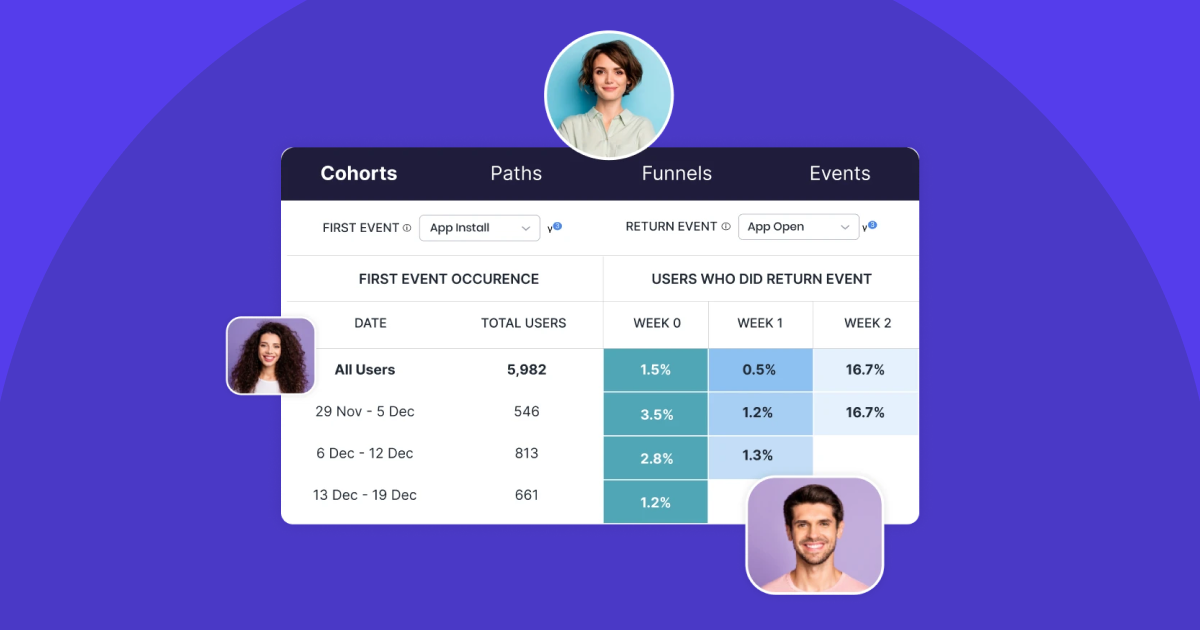
What exactly is a cohort? Simply put, a cohort is a group of people sharing similar characteristics over a specific period. It’s not just about segmentation; it’s about tracking their behavior and performance over time.
For instance, we might look at time-based cohorts at Ring, such as customers who took their first loan in January, and analyze their behavior over the next 11 months. This longitudinal view gives us invaluable insights into the customer lifecycle that simple segmentation can’t provide.
The Power of Revenue Retention Cohorts
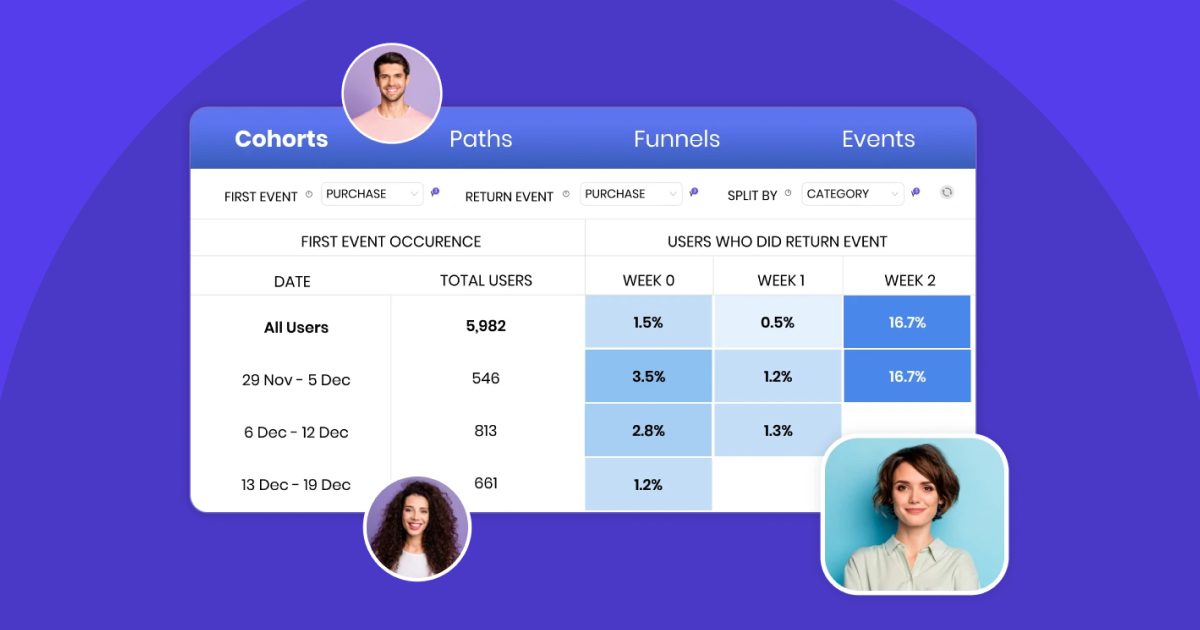
One of the most illuminating cohort analysis techniques we conduct at Ring is revenue retention. Revenue retention isn’t just about how many customers we keep – it’s about the rupee value they generate over time.
For example, we might see that acquisition cohorts from March show higher revenue retention despite lower customer retention rates. This counterintuitive finding suggests that while we lost some customers, those who stayed significantly increased their average order value or expanded their accounts.
Uncovering Hidden Gems With Product Category Cohorts
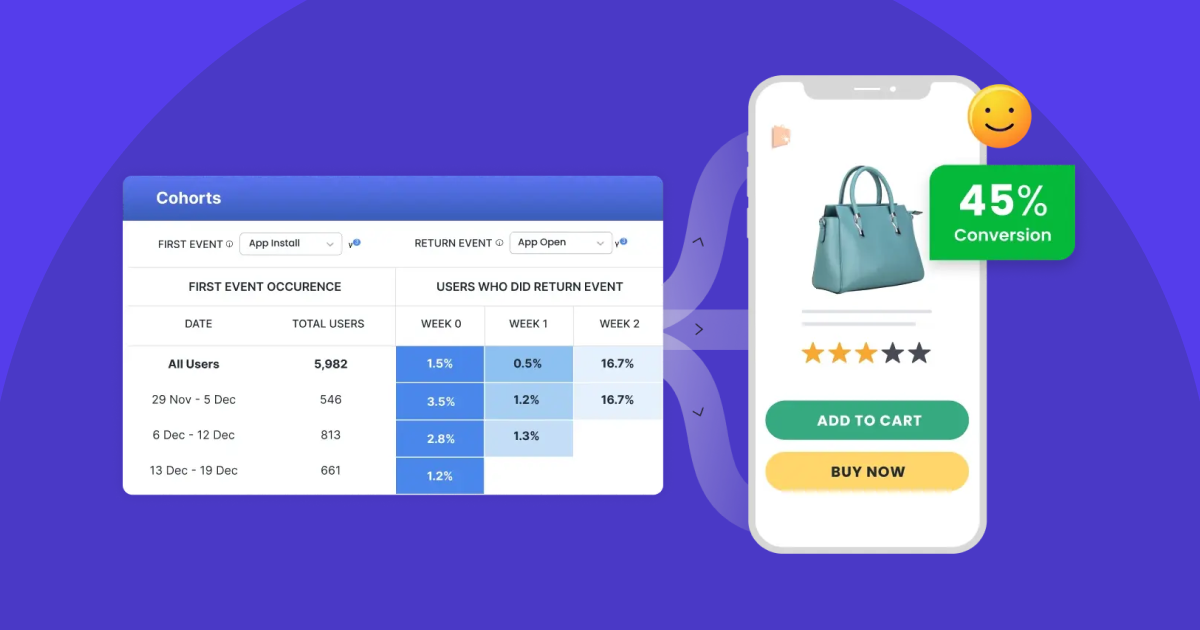
Another game-changing application of cohort analysis is in product categories. By analyzing customer behavior based on their initial product purchase, we’ve uncovered some fascinating engagement patterns. For instance, we found that customers who first purchased apparel, electronics, or health and beauty products showed significantly higher retention rates than those who bought furniture or sports equipment.
This insight doesn’t mean we should stop selling furniture or sports gear. Instead, it guides our cross-selling and upselling strategies. We now focus on quickly introducing high-retention category products to customers who start with low-retention categories. It’s about creating a balanced portfolio that maximizes both acquisition and retention.
Actionable Insights from Channel Cohorts
Channel cohorts have been instrumental in optimizing our marketing spend. By analyzing which acquisition channels lead to the best long-term customer value, we can make informed decisions about where to allocate our resources.
However, looking beyond just the first month’s performance is crucial. A channel that seems underperforming initially might yield high-value, loyal customers in the long run.
The Voice of the Customer: The Missing Piece of the Puzzle
While cohort analysis provides powerful quantitative insights, we’ve found that combining it with qualitative customer feedback is where the magic happens. At Ring, we regularly conduct in-depth interviews with a sample of customers from different cohorts. This process, called the ‘discovery process,’ often reveals insights about the user journey and touchpoints that numbers alone can’t tell us.
For instance, our recent analysis of underperforming locations revealed language barriers and unclear messaging as key issues – problems we couldn’t have identified through data alone.
Conclusion
Cohort analysis is not just a fancy analytical tool—it’s a fundamental shift in how we understand and respond to customer behavior. By diving deep into cohort data complemented by the customer’s voice, we can uncover hidden patterns, optimize our strategies, and dramatically improve customer retention.
Remember, the goal isn’t just to retain customers; it’s to cultivate long-term, high-value relationships that drive sustainable growth. So, are you ready to decode your cohorts and unlock your customer base’s full potential?









